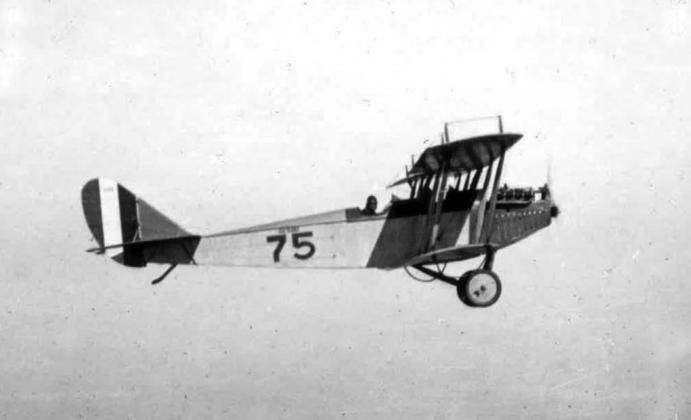On June 18, 1918 one of the well known Canadian military biplanes flew into Dublin for a visit. It was a Curtis Jenny JN-4 biplane propelled by a 90 horsepower engine with the number 13 on the side. The pilots, Lieutenant A. M. Benneke and Lieutenant M. T. Donobo made a few loops in the air to gather attention from those downtown. The trip was the result of Secretary Jenkins going to Fort Worth. He secured a promise from Lieutenant Benneke to come to Dublin on this date. While here, the pilots promoted the sale of War Bond Savings Stamps to help pay for World War I in Europe. According to the Dublin
According to the Dublin Progress “Immediately over the town some stunt flying was indulged in, including several loops, gliding bottom upward and a nose spin which brought the machine down more than a thousand feet preparatory to a graceful landing on the grounds prepared at the race track in southwest Dublin.” In their travels, they promised to make Dublin a point in their schedule since an extended landing spot was available in case of engine trouble. (Dublin Progress, June 18, 1918)
The plane came from Carruthers Field in Benbrook. Carruthers was one of three training fields that were created for The Royal Canadian Flying Corps and were established in 1917. The U.S. Army began training American squadrons in Canada and in return, the U.S. Army would construct these fields for use during the winter. The Curtis Jenny NJs flew well and were being built in large numbers for the war effort by Canada. They were so well regarded that they were also built in several plants here in the United States.
Carruthers Field was being used for flight and gunnery training. It consisted of a grass landing area alongside of which were arrayed a total of 16 hangars. A complex of other buildings were located on the opposite side of the hangers. (City of Benbrook web site)
As the training escalated at Carruthers, so did the flight accidents. One fatal accident was a pilot named Vernon Castle who was very well known. A large funeral took place in Fort Worth. A monument was erected in 1966 at the crash site at what is now Vernon Castle Avenue and Cozby Street West in Benbrook. (City of Benbrook website.)
When the newly re-named Royal Air Force returned to Canada toward the end of the war, most of the remaining aircraft were transferred to the U.S. Army Air Service.

